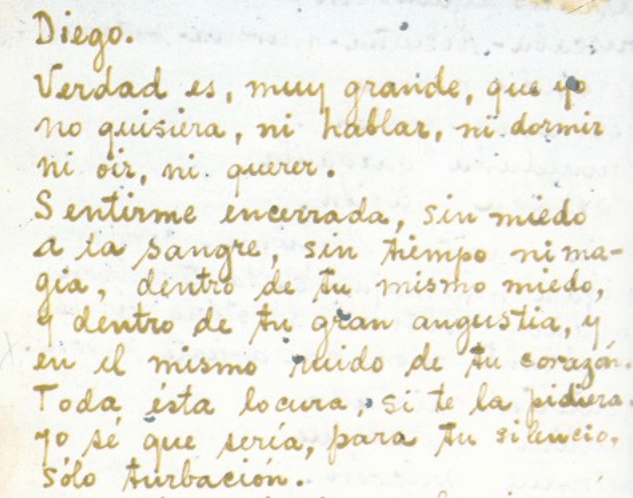Is Handwriting still Relevant?
Recently I received a question that made me sit up with a jolt: did I really believe that handwriting and graphology were still relevant in today’s world?
Well did I?
A good question when you consider how few people write letters by long hand these days.
Are we all as guilty of hastening the demise of handwriting as those officials who banished cursive from their school curricula?
Agreed that the tempo of life has accelerated and we wouldn’t want to halt the speed of progress. But can we allow progress to bring about the possible demise of the age-old art of handwriting?
Most people aren’t particularly concerned about the disappearance of handwriting – cursive in particular. They’re so dependent on the convenience of texts and emails that they don’t miss it.
The Invasion of the Emojis
But texts on their own can be colourless and devoid of emotion. So enter those little emojis to the rescue.
These cute little symbols have become so popular that today most emails and whatsapp message are peppered with one or two of them.
Like something? Give it a quick thumbs up or even a smiley if you’re really happy with it.
Emojis give readers a virtual idea of how you are feeling. Of course they are only virtual facsimiles of emotion.
But they can be selfish little critters. Do we really want them to hijack our ability to express our genuine feelings?
5 Reasons to keep Handwriting Alive
So the question arises; with technology forging ahead so rapidly is there any point in trying to keep handwriting alive? Is it still relevant?
Why should we consider handwriting to be important and worth saving. And why should our schools continue to teach it?
Here are 5 good reasons to keep handwriting alive.
1. Handwriting improves memory
Studies have shown that writing by hand improves memory. There is also a notable link between handwriting and effective learning.
It is understood that the act of writing by hand actually creates new neural pathways in the brain that facilitate learning and creativity.
On the flip side, we know that fewer of these unique pathways are created in the brain by typing.
2. Handwriting stimulates creativity
Whereas typing simply involves the selection of standardized, ready-made letters, writing is a much more complex activity.
Writing is a continuously inventive process that involves the creation of tiny little strokes and curves that stimulate the brain into lively complex activity.
This may explain why so many writers have found that they are more creative when writing by hand rather than typing.
3. The link between handwriting and culture
Because of our disregard for handwriting, we are in danger of losing that age-old skill whose importance will only become apparent after we have lost it.
The rich past of our various cultures is documented in handwriting. From Egyptian hieroglyphics and Sumerian cuneiform to the American Declaration of Independence – the past of civilizations is preserved in hand-made signs and handwriting.
Without some knowledge of handwriting priceless historical documents and records will eventually become lost to civilization.
4. On a Personal Level
Handwritten notes and letters to friends and loved ones are so much more personal when they are written by hand. They somehow convey the essence of the person on the page.
I treasure the recipe book written by my mother in her open, rounded handwriting. It is so much more meaningful to me than any of the glossy recipe books in my shelves.
5. A means for Expressing Emotion
And speaking of the ability to express emotion, what about all those handwritten love letters of the past?
We recently celebrated Valentine’s day and in recognition thereof here is a letter written by the famous and irrepressible artist Frida Kahlo expressing her deep love and inability to sleep or even live without her beloved Diego.

A handwriting that breathes emotion
Frida Kahlo’s handwriting with its pastosity and intensity breathes passion and deep emotion.
The irregularity of pressure points to her apprehension and uncertainty and the careful diacritics speak of her sincere desire to make herself clear. (More about this amazing artist if the spirit so moves you at: Frida Kahlo )
Now imagine if this letter had been typed and sent by email with one or two smiling emojis. Which one would you rather receive? This genuine rather muddy handwriting that looks as if she wrote it with the nearest paint brush – or a neat, business-like email?
Whether you were an expert graphologist or not, you would undoubtedly find the somewhat imperfect, handwritten version warmer, more personal and much more acceptable.
You would be receptive to its authenticity and that is exactly my point.
So while the handwritten version may be a little old fashioned or even a tad laboured – it’s much more real and it goes right down to the basics of communication. After all, handwriting is about real people and real communication that shows genuine feeling.
So with all its imperfections, the handwritten letter in all its authenticity is the real deal. It’s what communication should really be about.
So yes, handwriting is still relevant and authentic. And graphology, its watchful cousin, has its rightful place beside it.
Now read :
Signs and Symbols in Handwriting
Feelings and Emotion in Handwriting
Join me at The Graphology Review to get free info about Graphology straight to your inbox:








Comments